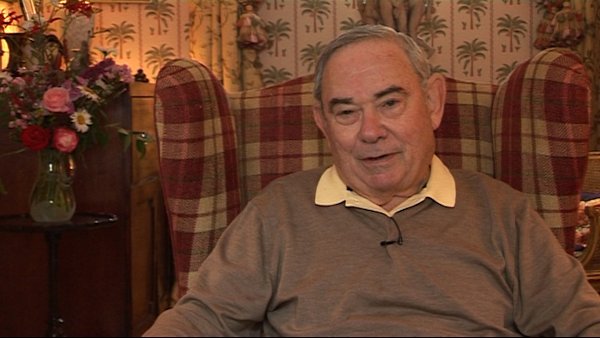Frank was... had a lot of experience in carpentry; I had no experience whatsoever. He had, in fact, built a house with an uncle of his so he knew a lot about carpentry. And he said, 'Len, we really should take a month off, or six weeks off, and build this laboratory or else we're not going to be able to do our PhD work, our laboratory work, here properly.' And I agreed with him, it was obvious. Neither of us had the funds to buy the materials necessary to do this. Again, I lost the bet with Frank as to who would go to Stuart Mudd, the chairman of the department, who, as I say, was independently wealthy and supported a lot of people out of his pocket at that time, who should go to Stuart Mudd and ask for funding. I lost the contest, whatever it was, went into see Stuart Mudd, told him what the story was and he simply, as I recall, reached into his pocket, took out $75, which at that time was an enormous sum of money, gave it to me and wished me luck. And in that context, of course, approved what we intended to do, which was really modest, but it meant construction.
Frank and I spent the next six weeks building this laboratory that was quite good. We next needed an incubator, because it's necessary, of course, to put cultures into an incubator that is held at 37 degrees Celsius, 98 degrees Fahrenheit. And I remember the first piece of equipment that I bought was bought from the Sears and Roebuck catalogue; it was a chicken egg incubator, which cost, I think, about $40 or less. And that incubator could now be used for microbiology work, because you could adjust the temperature to precisely 37 degrees, unlike the higher degree necessary for egg... for embryo genesis in chick eggs. That work... So that was the start of our laboratory. By this time Warren Steinbring came home from the course, full of enormous enthusiasm in respect to what the future would be using cell culture. Of course, I had never heard of cell culture, which as people know today, is simply growing cells from humans and animals in bottles or test tubes and other types of equipment.






